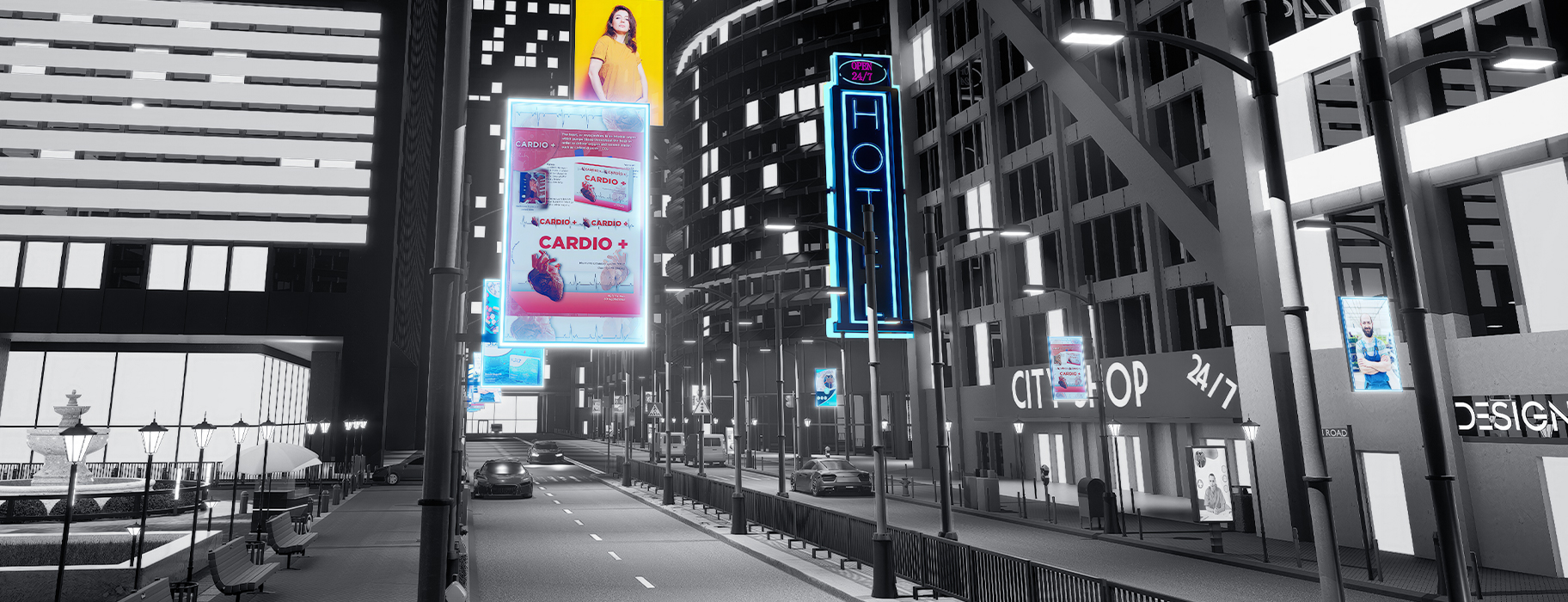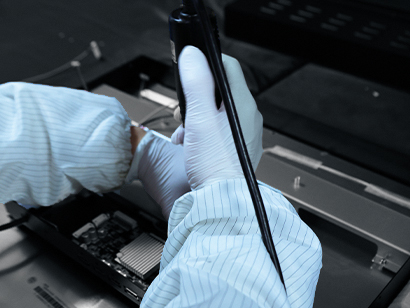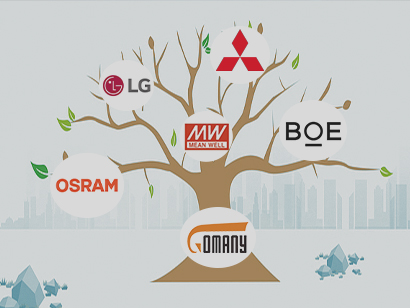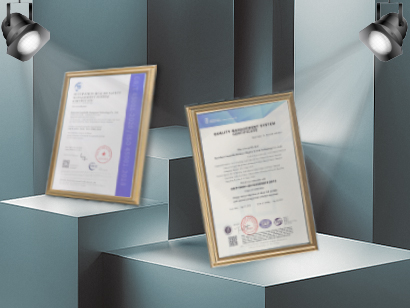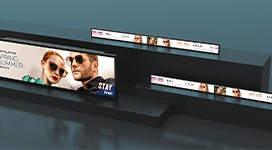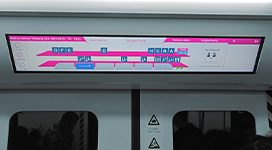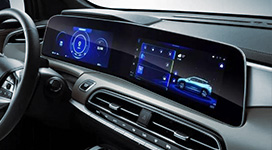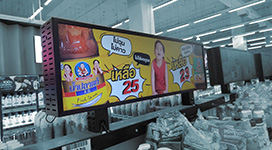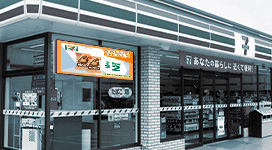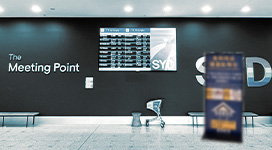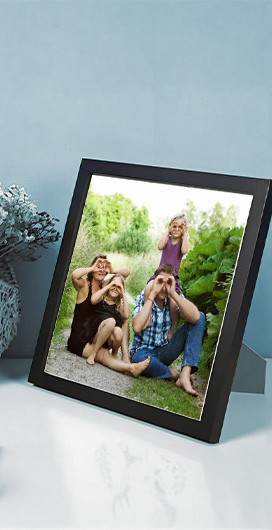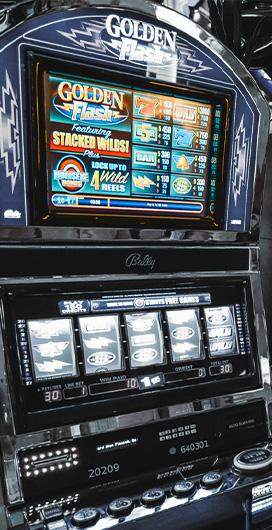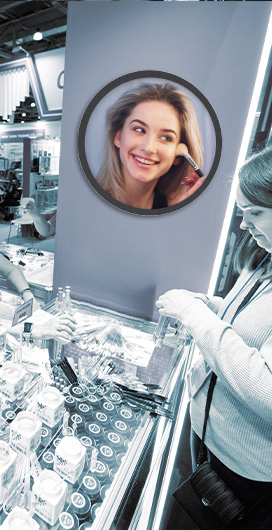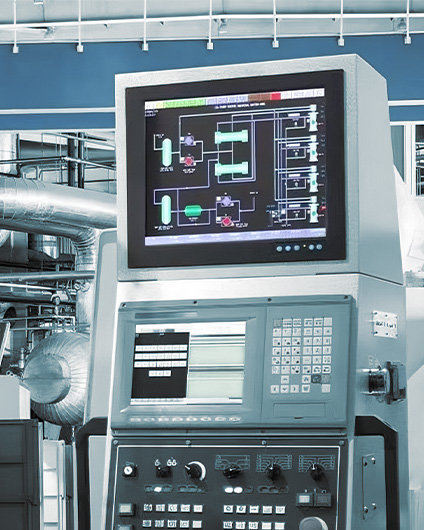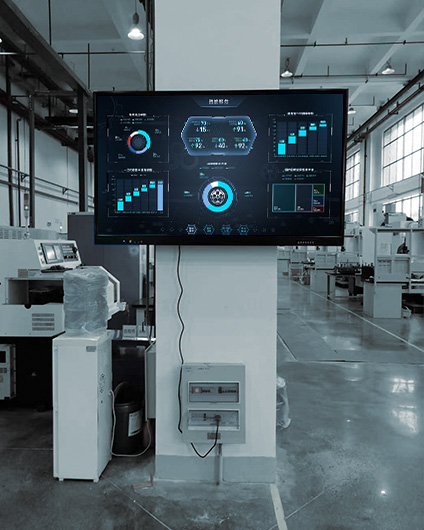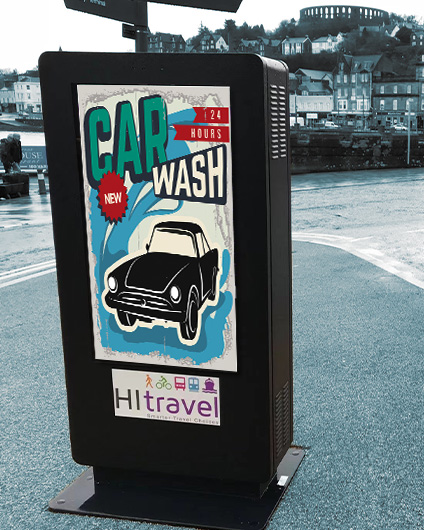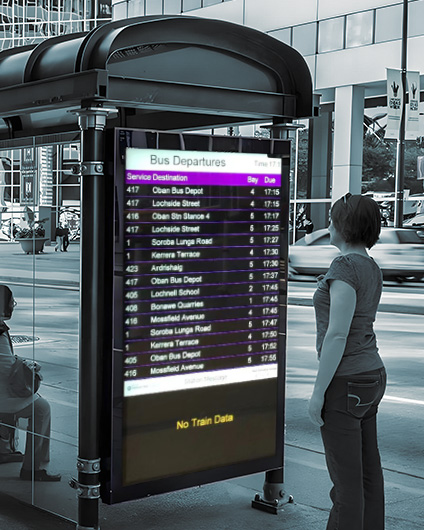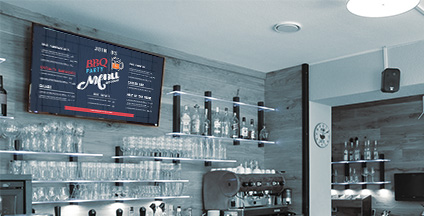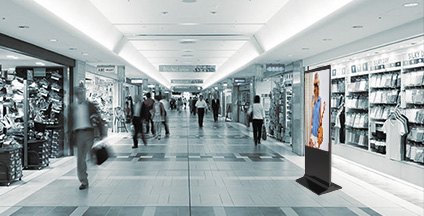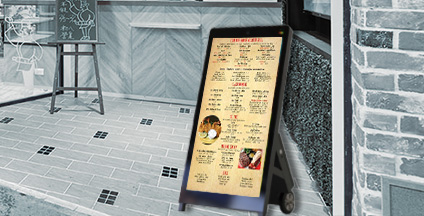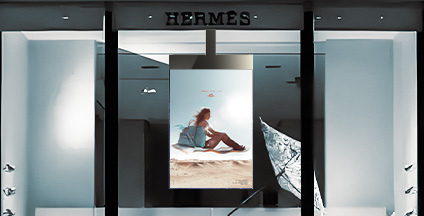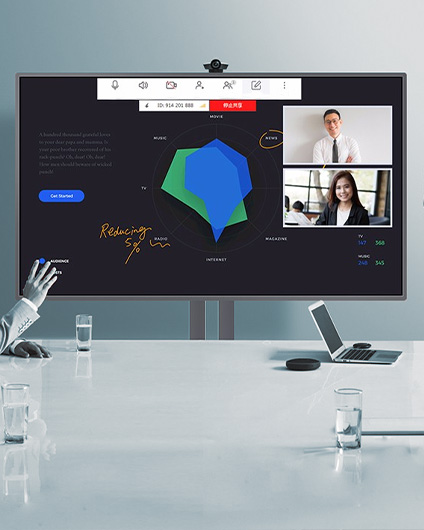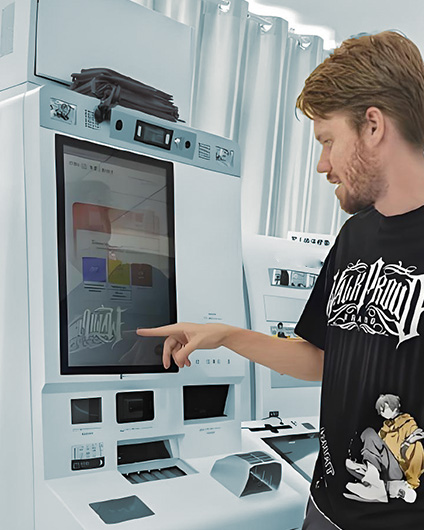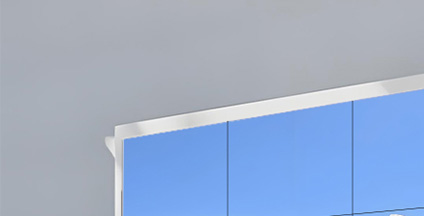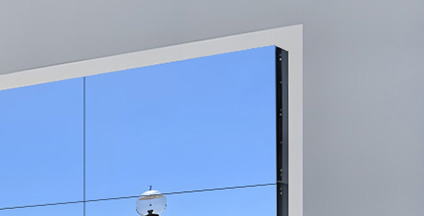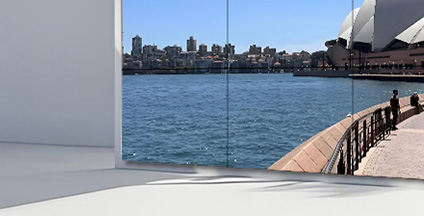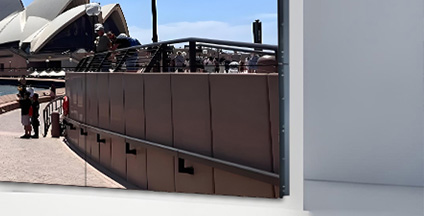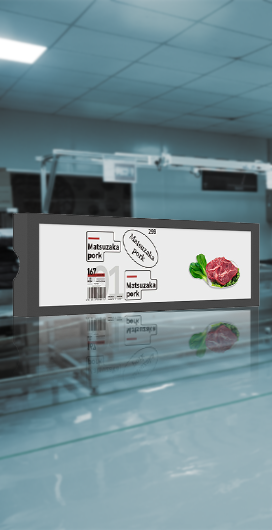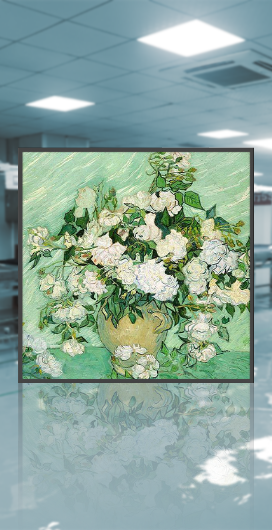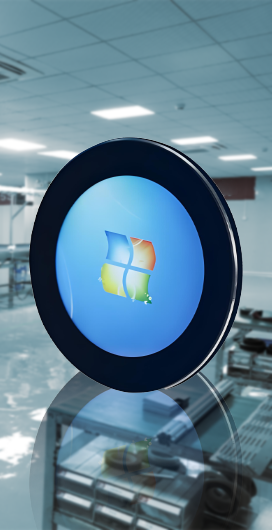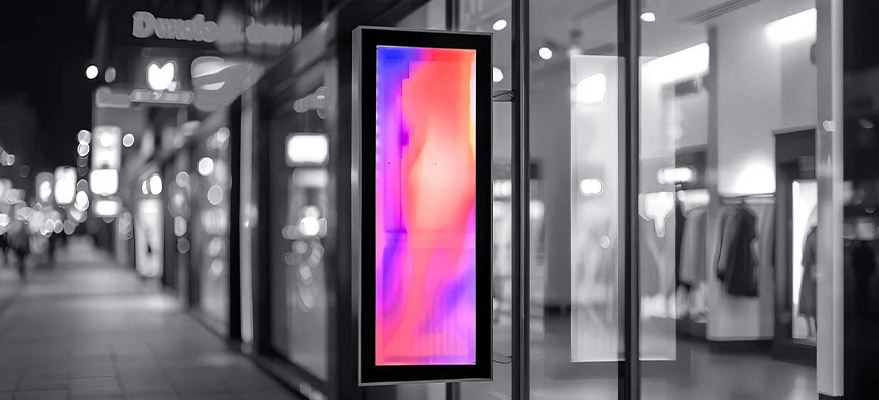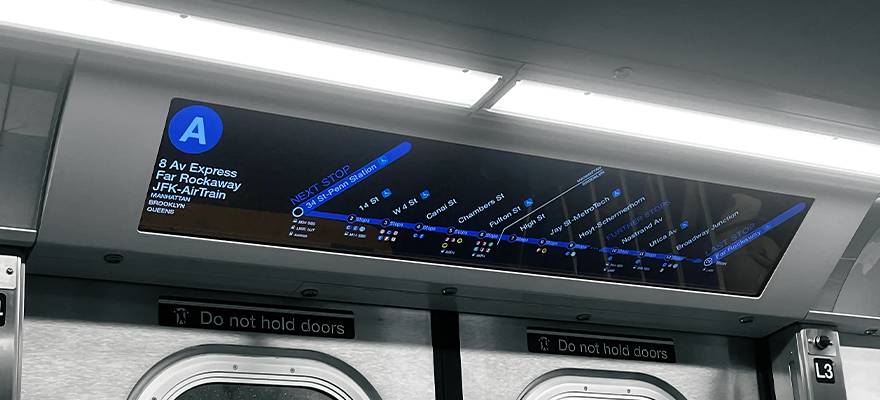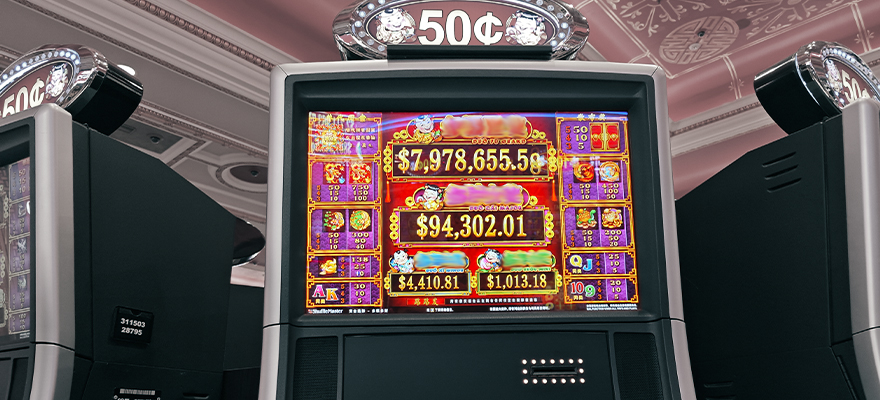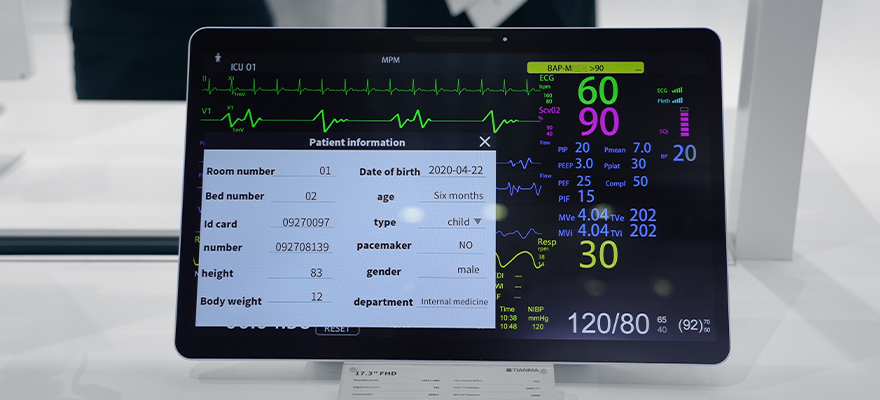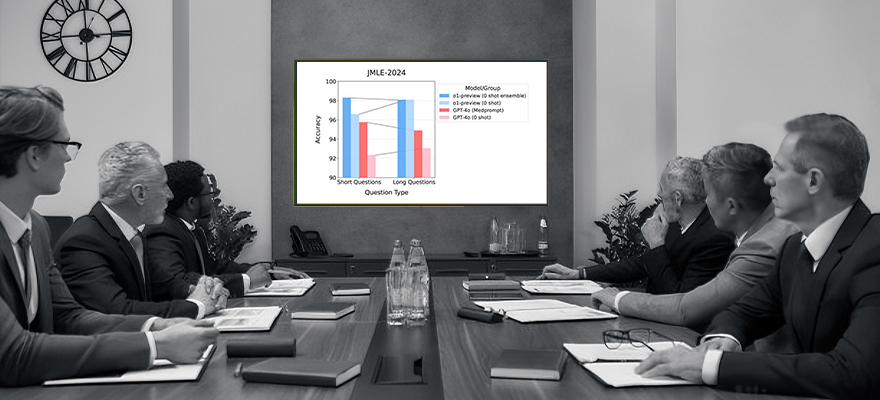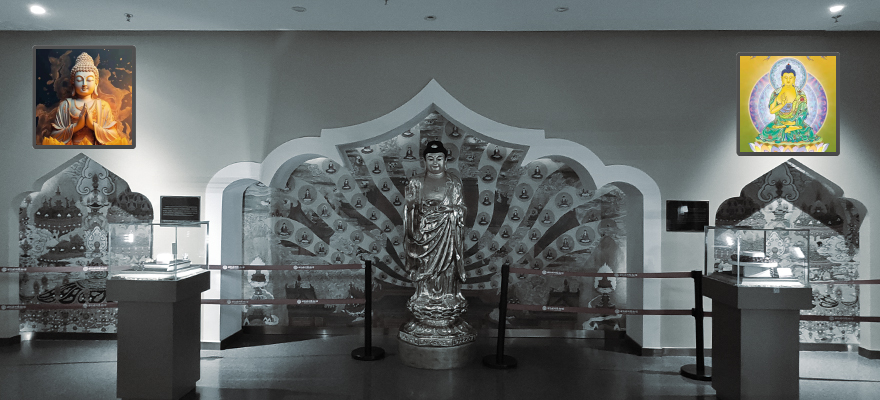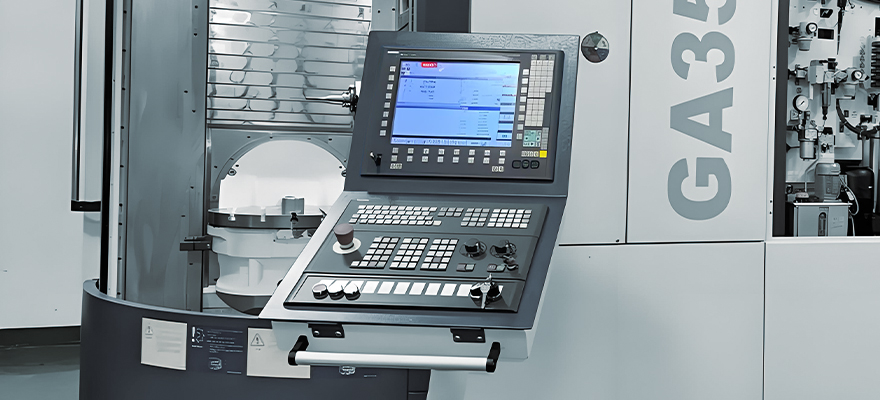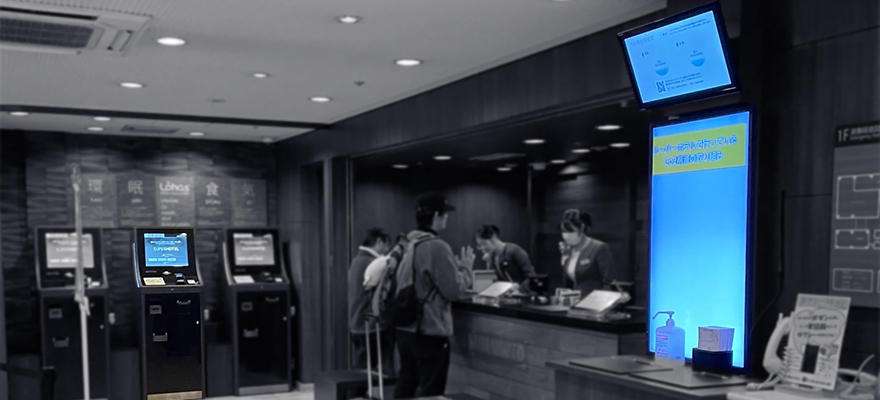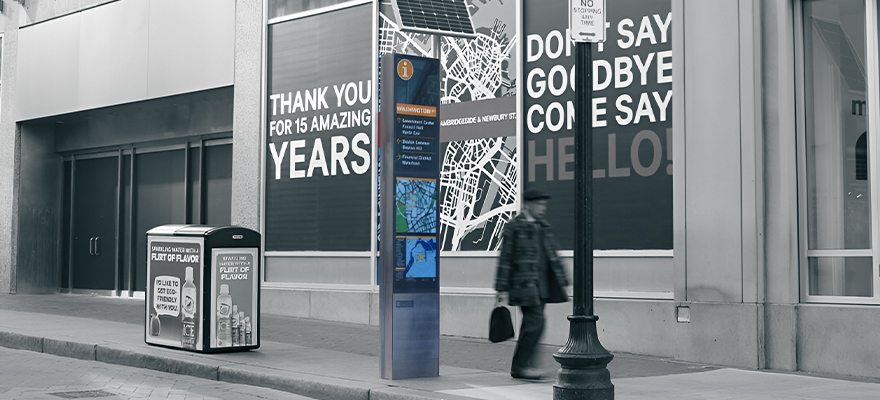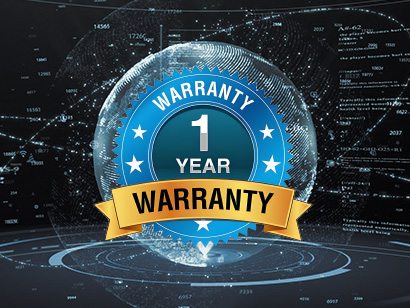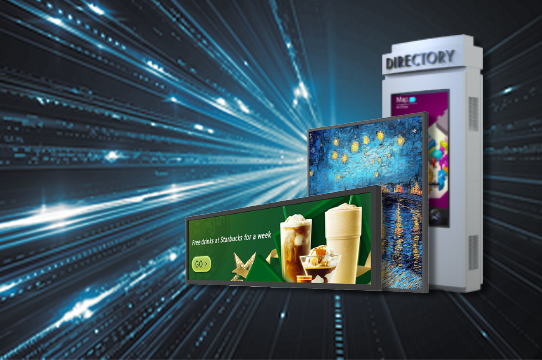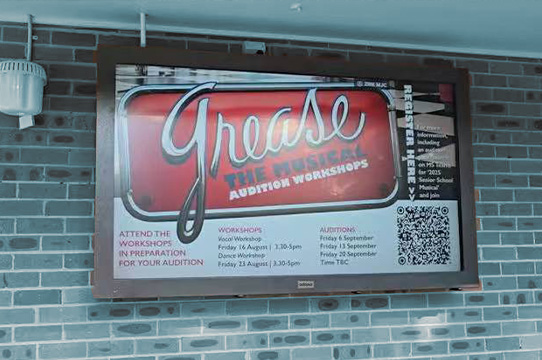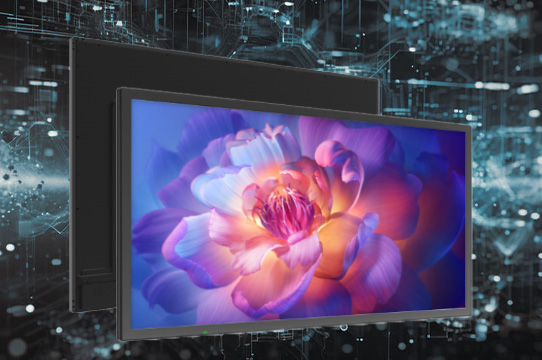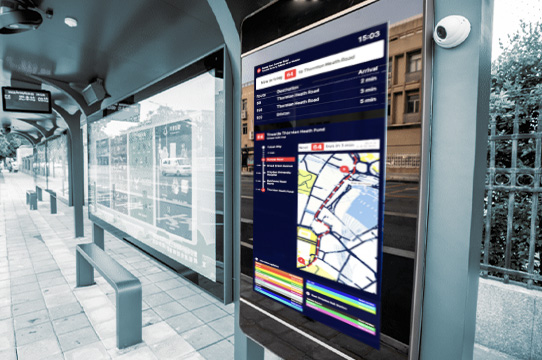In the commercial display industry, brightness is a key parameter that determines both display quality and device suitability. Unlike other electronic devices, the brightness of commercial displays directly impacts the effectiveness of information transmission, the quality of the visual experience, and the functionality achieved in specific environments.
Based on display technology principles and ambient optical characteristics, this article systematically analyzes the technical characteristics of displays with different brightness levels, providing a guide for selecting display devices for different scenarios.

Understanding Commercial Display Brightness Levels And Ambient Light
Luminance Measurement Units And Standards
Brightness is a unit of measurement for light, specified in candela per square meter (cd/m²). In the display industry, it's generally measured in nits, where one nit is equivalent to the luminous intensity of a candle on one square meter. Professional brightness measurements follow ANSI or ISO standards, typically taking an average of multiple points on the screen under specific test modes and considering their uniformity.
A Straightforward Comparison:
○ Standard smartphones/tablets: approximately 500-1000 nits
○ Office monitors: approximately 250-500 nits
○ Commercial monitors: range from 200 nits to over 5000 nits.

The Relationship Between Ambient Light and Display Brightness
Ambient light levels are a key factor in determining the required display brightness in nits. Displays don't operate in a vacuum; indoor lighting, natural light, and even outdoor sunlight can affect display quality. Severe interference can even cause glare and reflections.
Experience in the display industry suggests that display brightness should be at least three times the ambient light level to maintain clear content visibility.
Brightness Grading Of Commercial Screens And Corresponding Usage Scenarios
Low-brightness Displays
These commercial displays are designed for indoor environments with controlled lighting. Their brightness range is between 200 and 350 nits, similar to the brightness of many office displays.
Application Scenario:
Enclosed Office Environments: These are their primary environments, where lighting is typically soft and controllable. Screens are primarily used for presenting PowerPoint presentations, conducting video conferences, or sharing internal information. Overly bright screens can irritate attendees' eyes and cause fatigue.
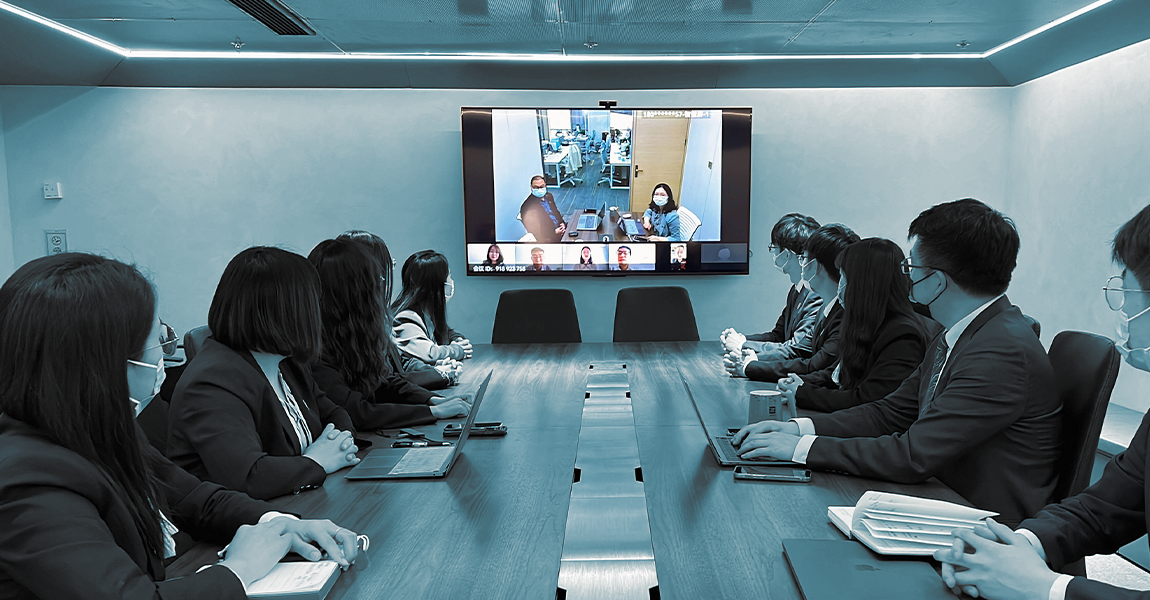
Medium-brightness Displays
These displays offer a brightness range of 400 to 700 nits, meeting the needs of most commercial applications. They strike an ideal balance between brightness, color rendering, and cost.
Applications:
Retail Stores: They clearly display product information, promotional ads, and brand videos even under store lighting.
Hotel Lobbies: They can be used to display welcome messages, meeting schedules, or restaurant guides, enhancing the guest experience.
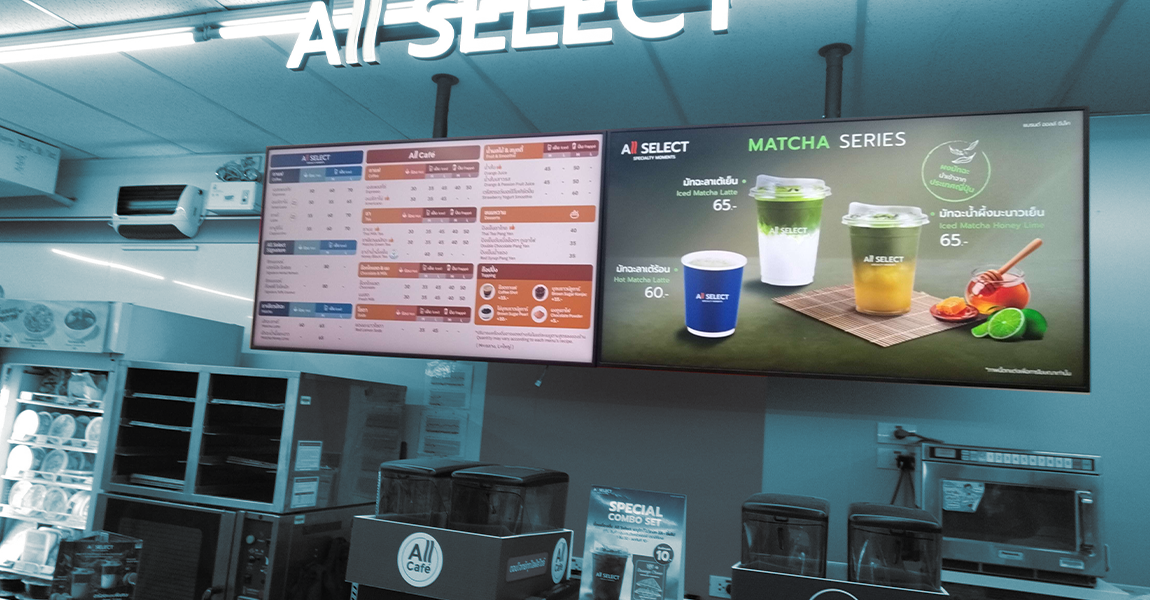
Semi-outdoor Displays
This type of display, with a brightness of around 1000 to 2000 nits, is no longer limited to indoor use and can also be used in shaded outdoor environments.
Application Scenarios:
Digital Window Displays: Brightness exceeding 1000 nits can penetrate glass reflections and glare, even during daylight hours, ensuring information delivery.
Indoor areas exposed to direct sunlight, such as shopping mall atriums and airport terminal daylighting areas, can mitigate ambient light and ensure content presentation.
Semi-outdoor areas, such as advertising screens at bus stops and covered outdoor areas at restaurants, can withstand changing weather conditions.
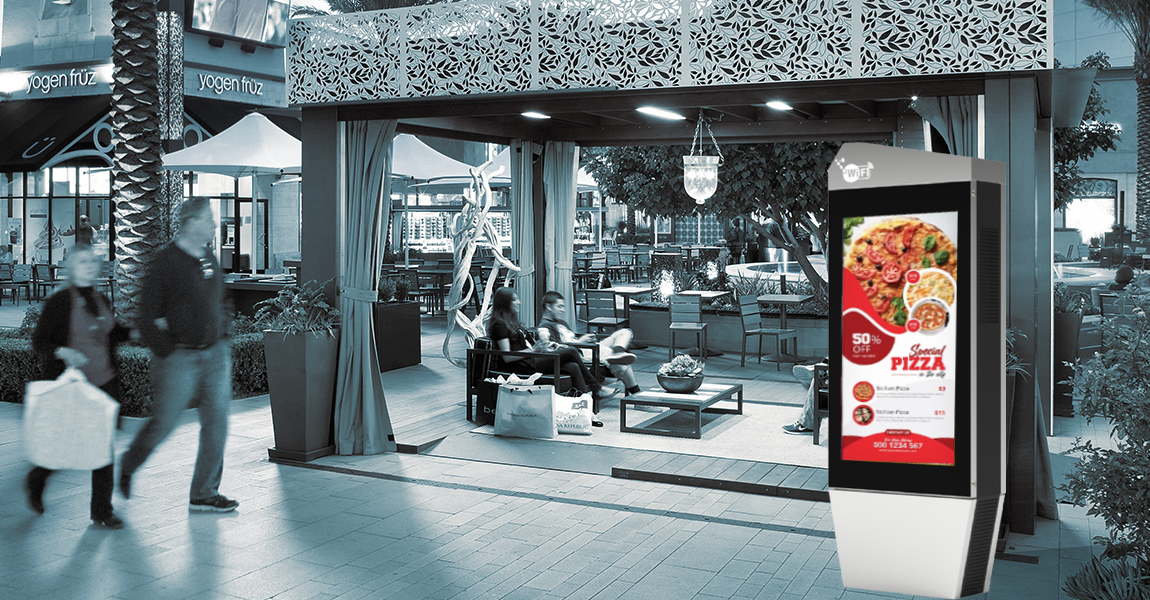
Ultra-High Brightness Display
This professional-grade display boasts a brightness exceeding 3000 nits, making it ideal for outdoor environments or professional applications requiring extreme color accuracy and brightness.
Applications:
Outdoor Billboards: They can withstand direct sunlight while maintaining clear content.
Professional Medical displays: Medical diagnostics require high color gamut and color quality, and only this type of display can better serve patients.
Conclusion
In the display industry, there's no such thing as the best display, only the most suitable one. Any successful deployment requires a precise assessment of the usage environment. Choosing a display with the appropriate brightness not only reduces deployment costs but also ensures smooth information delivery.


![]() Retail Digital Display Solution
Retail Digital Display Solution![]() Public Transportation Digital Signage Solution
Public Transportation Digital Signage Solution![]() Entertainment Digital Display Solution
Entertainment Digital Display Solution![]() Healthcare Digital Display Solutions
Healthcare Digital Display Solutions![]() Education Digital Signage Solutions
Education Digital Signage Solutions![]() Corporate Digital Display Solutions
Corporate Digital Display Solutions![]() Art Digital Display Solution
Art Digital Display Solution![]() Industrial Digital Display Solutions
Industrial Digital Display Solutions![]() Hotel Digital Signage Solutions
Hotel Digital Signage Solutions![]() Outdoor Digital Signage Solutions
Outdoor Digital Signage Solutions